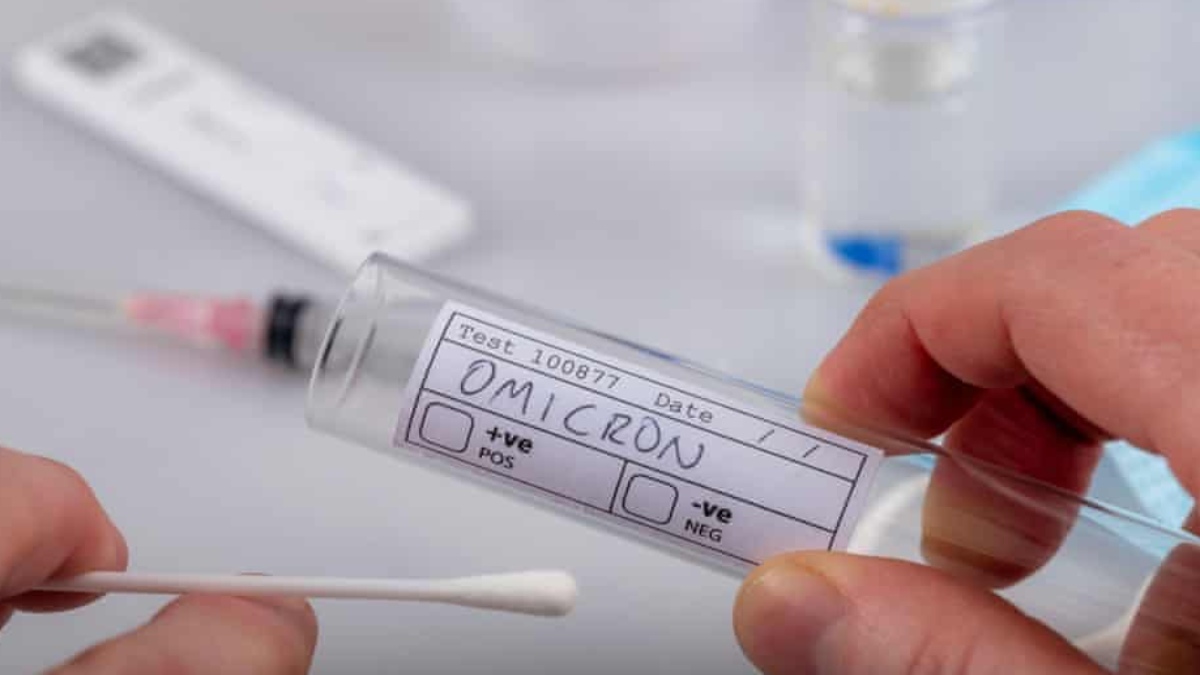
During a recent study, an international team of scientists identified antibodies that neutralize omicron and other SARS-CoV-2 variants.
These antibodies target areas of the virus spike protein that remain essentially unchanged as the viruses mutate.
By identifying the targets of these “broadly neutralizing” antibodies on the spike protein, it might be possible to design vaccines and antibody treatments that will be effective against not only the omicron variant but other variants that may emerge in the future, said David Veesler, an investigator with the Howard Hughes Medical Institute and associate professor of biochemistry at the University of Washington School of Medicine in Seattle.
“This finding tells us that by focusing on antibodies that target these highly conserved sites on the spike protein, there is a way to overcome the virus’ continual evolution,” Veesler said.
Veesler led the research project with Davide Corti of Humabs Biomed SA, Vir Biotechnology, in Switzerland. The lead authors of the study were Elisabetta Cameroni and Christian Saliba (Humabs), John E. Bowen (UW Biochemistry) and Laura Rosen (Vir).
The omicron variant has 37 mutations in the spike protein, which it uses to latch onto and invade cells. This is an unusually high number of mutations. It is thought that these changes explain in part why the variant has been able to spread so rapidly, to infect people who have been vaccinated and to reinfect those who have previously been infected. The main questions we were trying to answer were: how has this constellation of mutations in the spike protein of the omicron variant affected its ability to bind to cells and to evade the immune system’s antibody responses,” Veesler said.
[Veesler and his colleagues speculate that omicron’s large number of mutations might have accumulated during a prolonged infection in someone with a weakened immune system or by the virus jumping from humans to an animal species and back again.]
To assess the effect of these mutations, the researchers engineered a disabled, nonreplicating virus, called a pseudovirus, to produce spike proteins on its surface, as coronaviruses do. They then created pseudoviruses that had spike proteins with the omicron mutations and those found on the earliest variants identified in the pandemic.
The Study’s findings were published in the journal nature.